The out-and-back route via scooter, car, and train.
Phone: Boubacar, Matt, Mark and me having lunch at Sebastian's in Nouakchott
35mm: Stopping for fruit on the outskirts of Dakar
35mm: Filling up our tanks half-way through day 1
35mm: Some beautiful rural riding on day 1
35mm: Sy
35mm: Setting up camp on Sy's roof
Distance Covered: 220 km
35mm: The long, straight roads
Phone: A hairpin bend en route to Choum
35mm: The 30km border road through the national park. This was a particularly smooth stretch.
35mm: A man tending his garden in the national park
35mm: Sunset in the national park
35mm: Boubacar and Matt in the national park
End of Day 2 // Distance Covered: 410 km
Phone pic: Ibrahim and his brother who printed 60 fiches each for us.
35mm: A police checkpoint
Phone: Another checkpoint this time near the border
Distance Covered: 640 km
Phone: Your local (friendly) luxury
35mm: A corner shop in the capital
35mm: Sebastian's place
35mm: Leaving the capital
35mm: The camel market
35mm: The road to Terjit
35mm: Terjit's surroundings
35mm: The view from Jamel's place
Phone: Sleeping at Jamel's
Distance Covered: 1,080 km (400 by jeep, 40 walking)

35mm: The first photo of the roll

35mm: Matt on day 1

35mm: Elamine and Didi lead the way

35mm: Some of the brickwork we discussed

35mm: A dry riverbed

35mm: Taking on water

35mm: Some nice doors

35mm: The initial attempt to get up out of the valley

35mm: A mid-day siesta. This was our routine both when walking and scooting.

35mm: Elamine and Didi
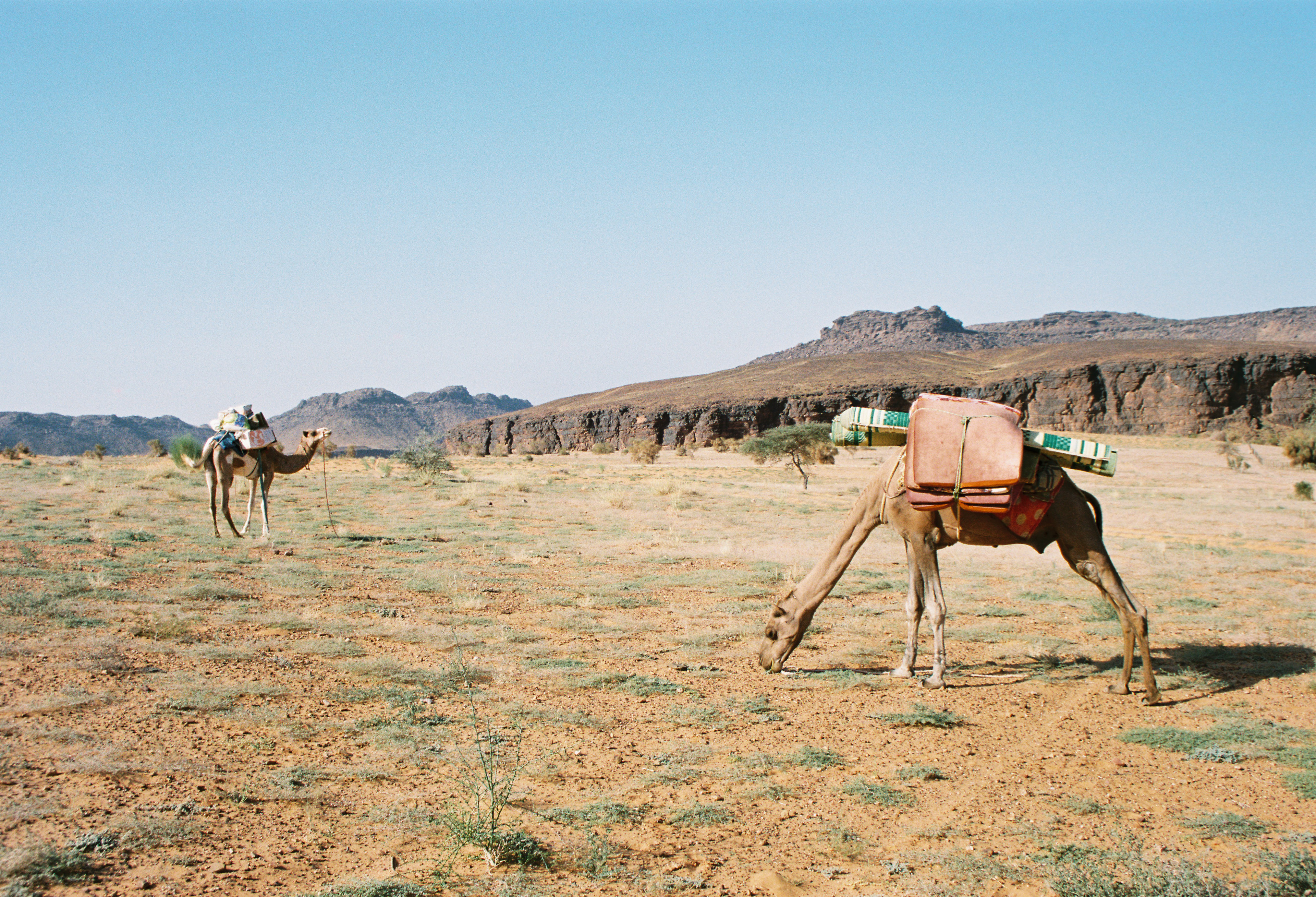
35mm: 2 of the 4 camels

35mm: La Vallée Blanche
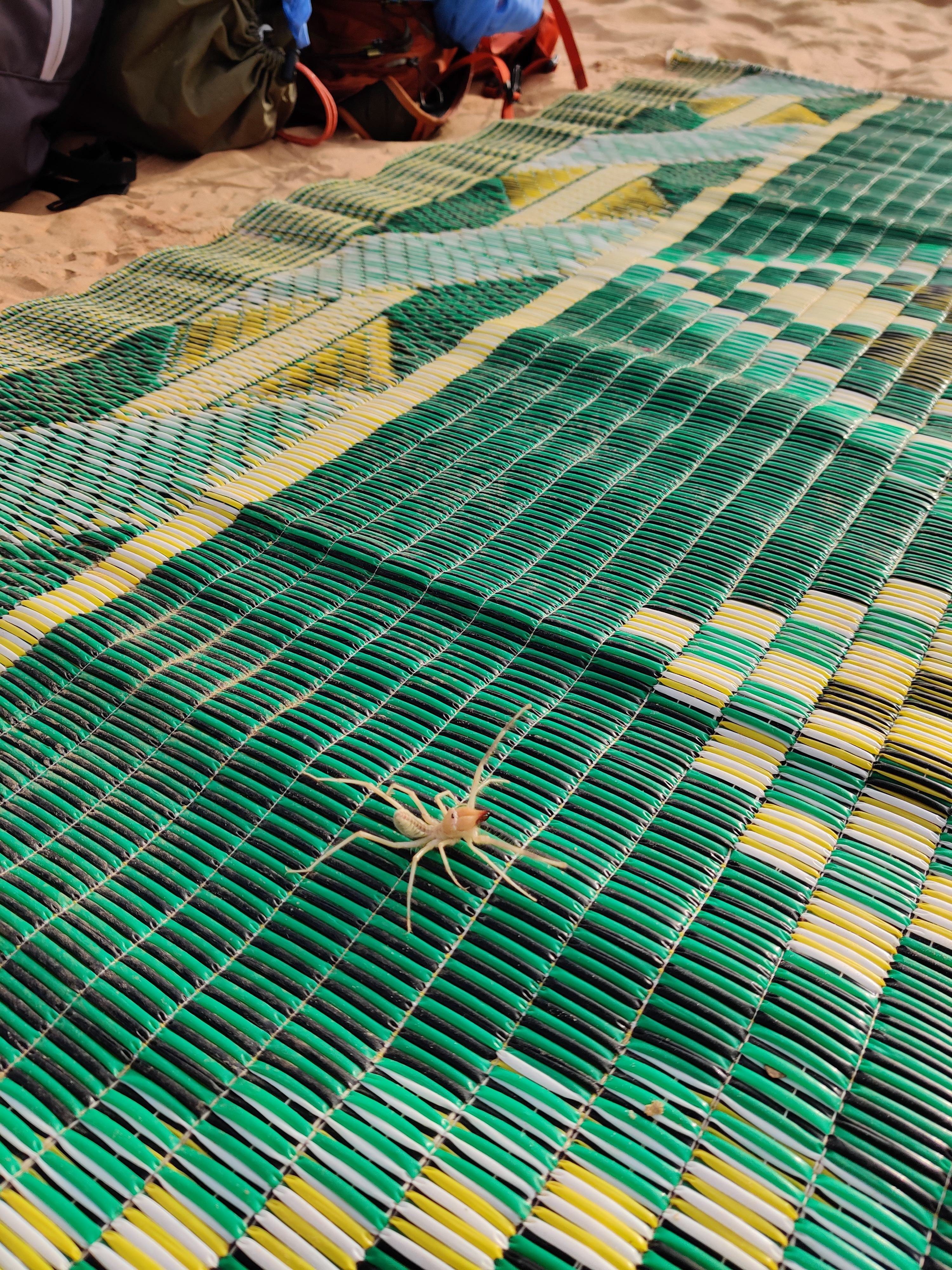
Phone: Contorted company for breakfast on day 2

35mm: Camels, Elamine, Boubacar strategising how to get out of the valley
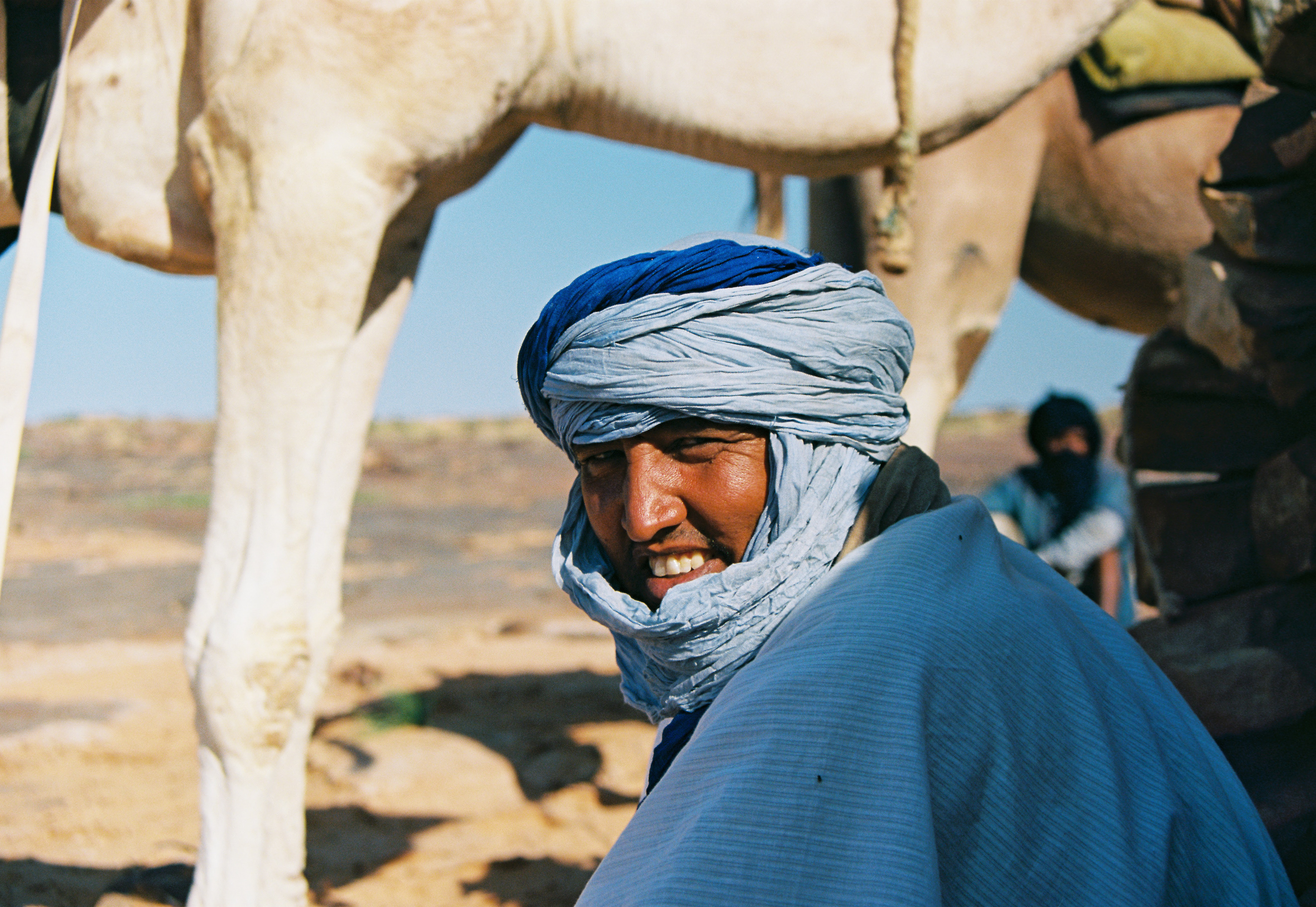
35mm: Elamine and Didi
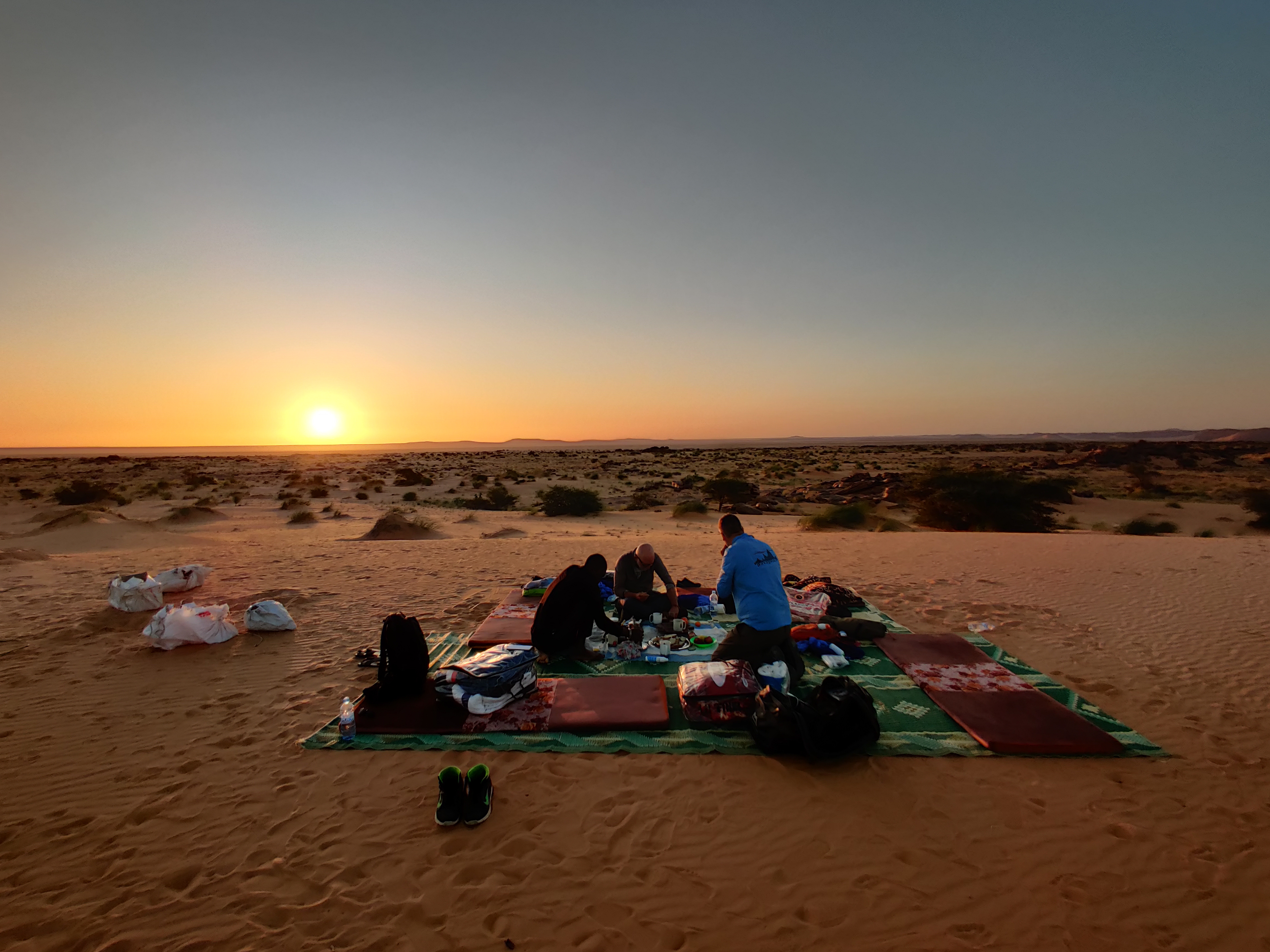
Phone: Breakfast set-up
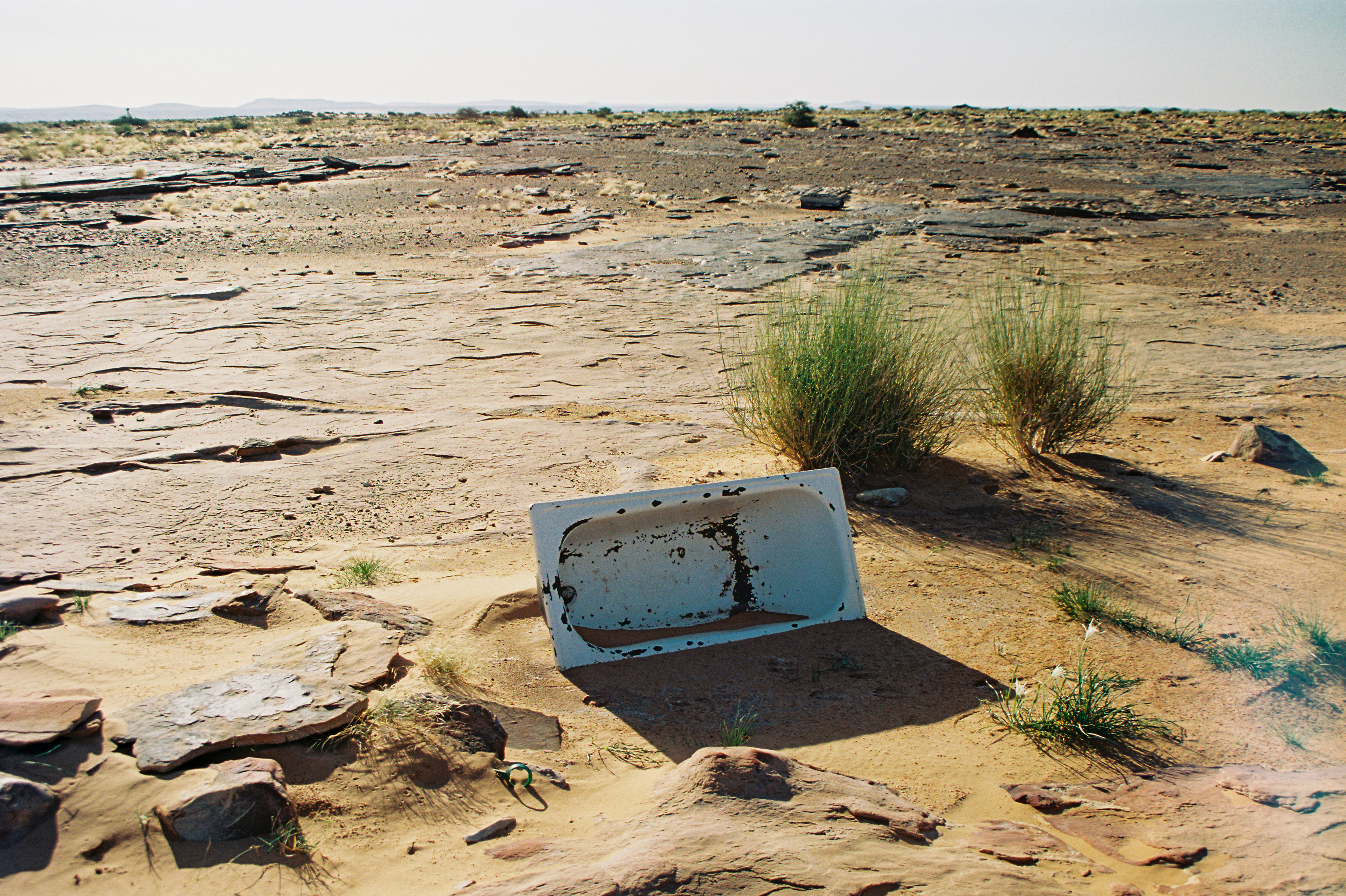
35mm: The random bath

35mm: Yeah, sure, they've only 1 hump but it was too perfect not to try capture

35mm: Some nice light
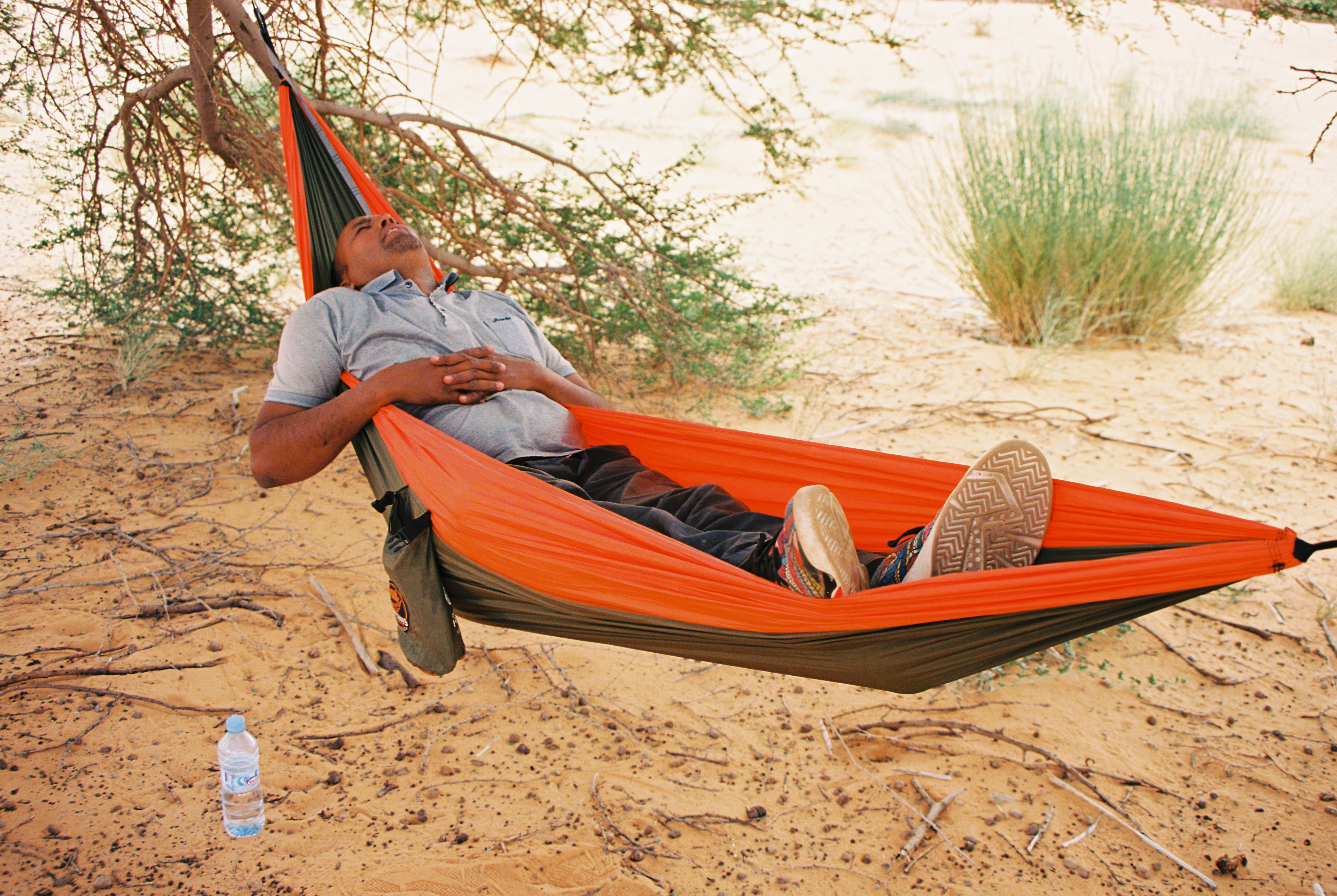
35mm: Elamine and his mid-day siesta

35mm: The site of miracles – ice cold coca cola.

35mm: Matt, Mark and Boubacar on day 3
35mm: Lunch on the move
Phone: Lunch with Mark

Various dishes and delights, like camel milk
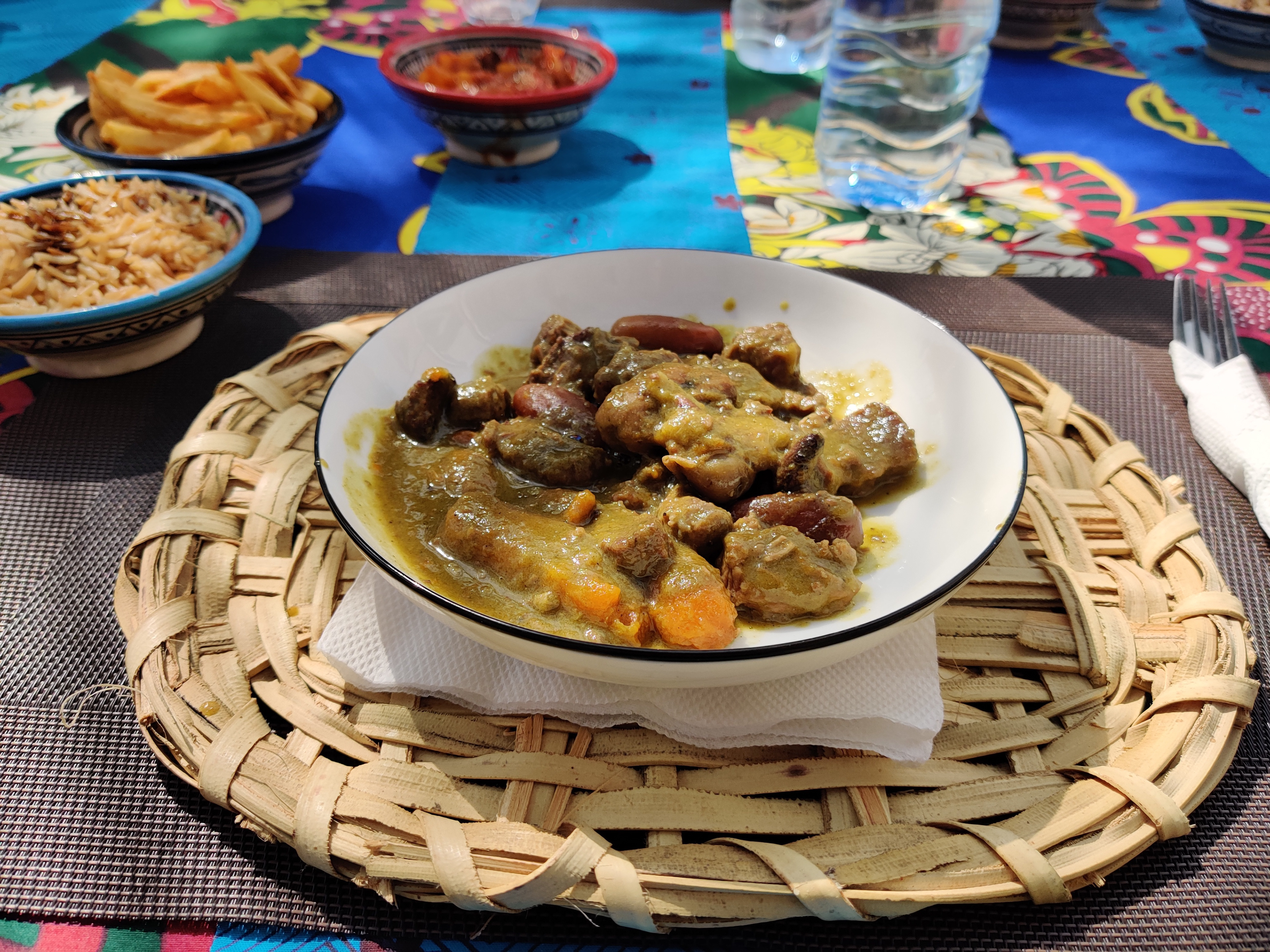



Phone: Looking back down the valley
End of Day 7 // Distance Covered: 1,140 km
35mm: Chinguetti, 50 km
35mm: The road to Chinguetti can be very bumpy and very windy. We were lucky on the latter.
35mm: The local police station
35mm: A donkey walking down the main street
35mm: Chinguetti street corners
35mm: The sea of sand imposes itself upon Chinguetti. Next stop: Timbuktu.
35mm: Sunset on the dunes
35mm: Morning tea
Phone: Mohammed and his ammo case of tea. Taken as we were setting up camp.
35mm: Filling up the tank before leaving Chinguetti
35mm: Filling up the tank before leaving Chinguetti
Distance Covered: 1,590 km (600 by jeep)
35mm: Setting up for the night
Phone: The nomad who bore fruit
Phone: Nic Cage time

Phone: Picking our wagon at midnight

Phone: Mark sleeping as the sun rises

Phone: 5 minutes later. Mark getting into the groove of things.

35mm: Coming out of Choum, I think

35mm: Choum, again

35mm: Mid-morning snack

35mm: A game of sand and shadows
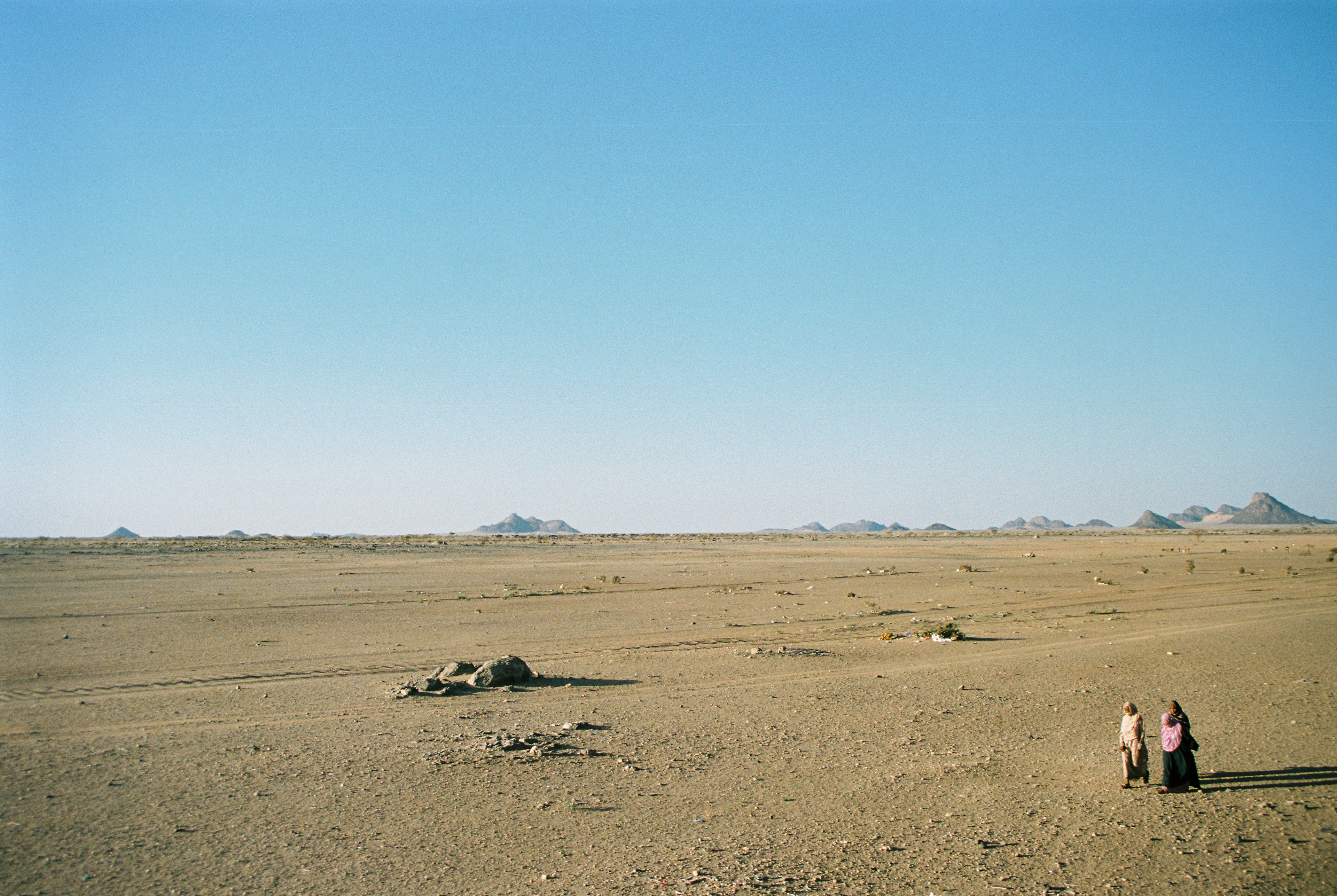
35mm: Morning coffee and biscuits
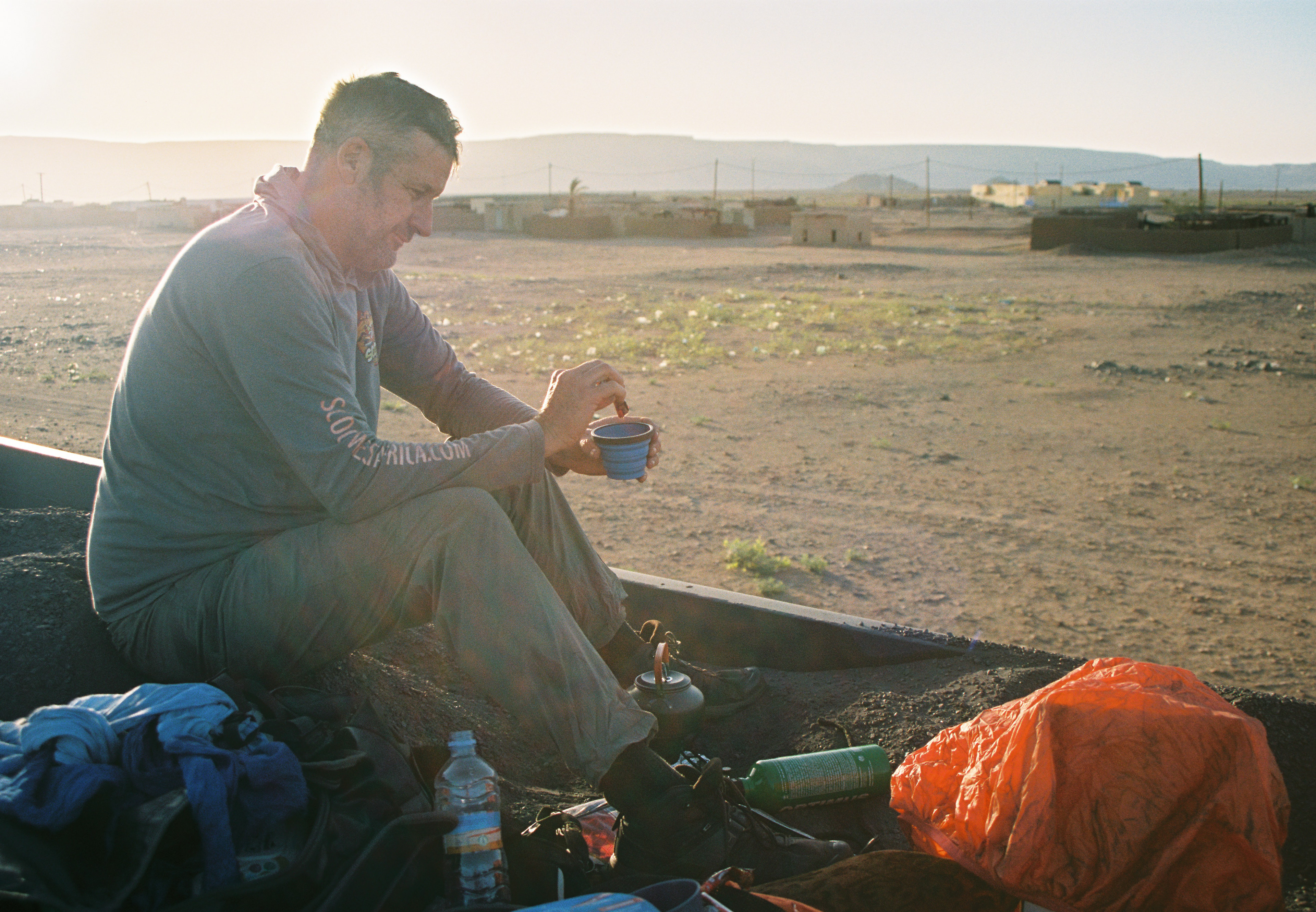
35mm: Pablo Escobar waiting meme

35mm: Passing by a settlement

35mm: Rumbling by a town

35mm: 'Danger of death'
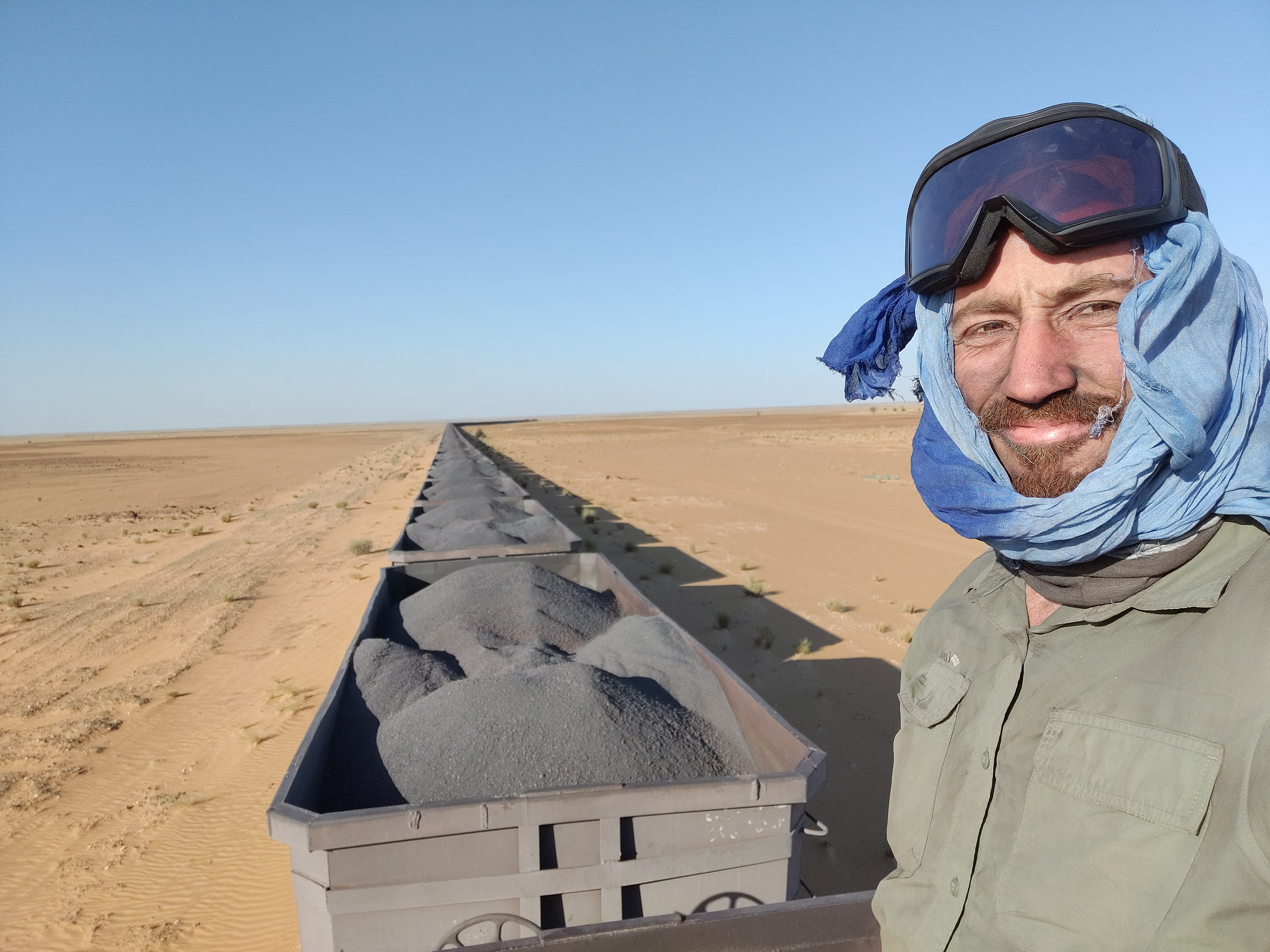
Phone: Me just before lunch. Still clean...ish.

35mm: Out for a stroll
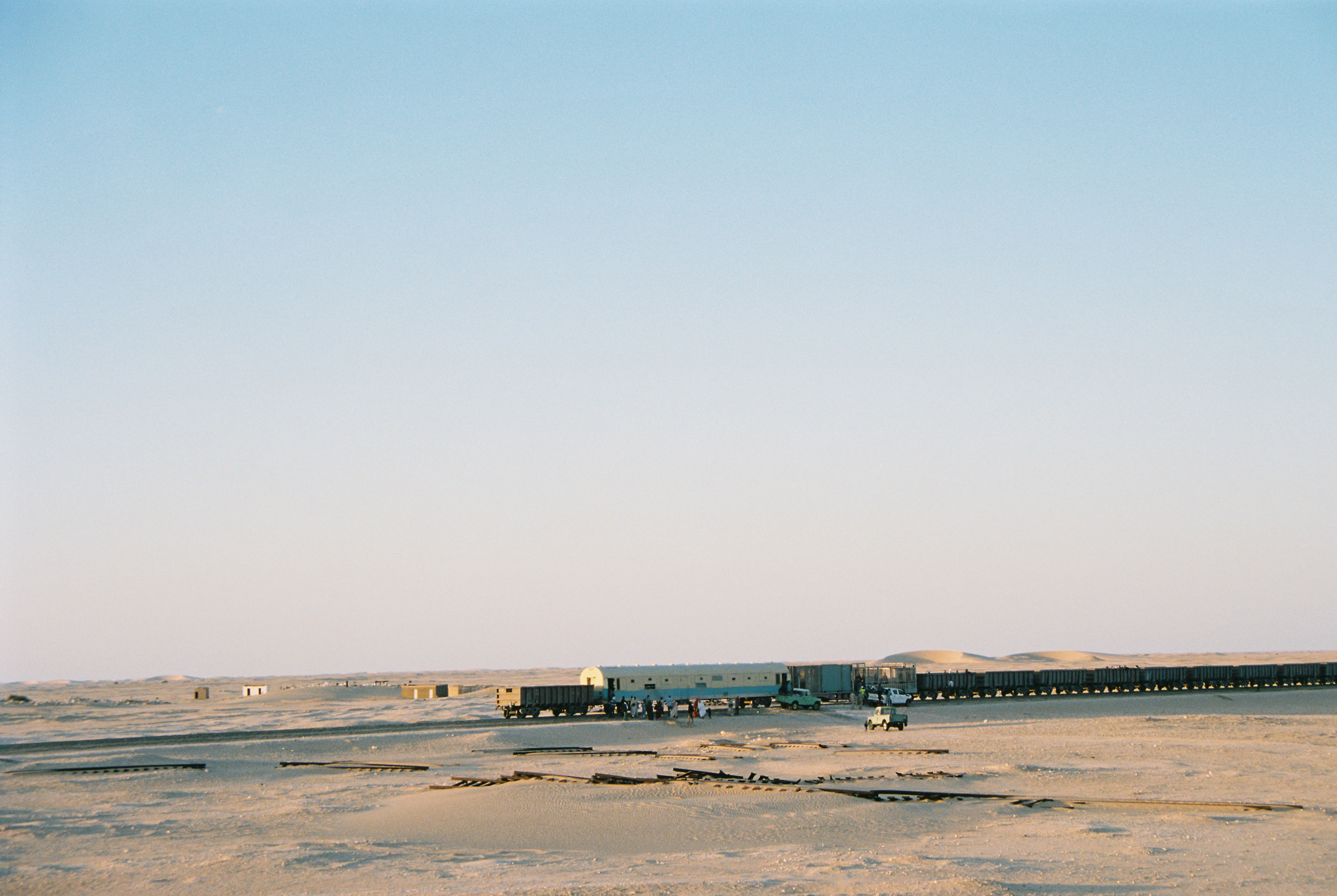
35mm: Some 16 hours in, we stopped for an hour. Across the way, the return train welcomed people aboard its passenger cabin.

Phone: Mark, taking in the sunset.

Phone: We reached the house at 22:45, nearly 23 hours after hopping on the train and some 36 hours after we were meant to depart. We were fed well.


35mm: Looking out from the bedroom window
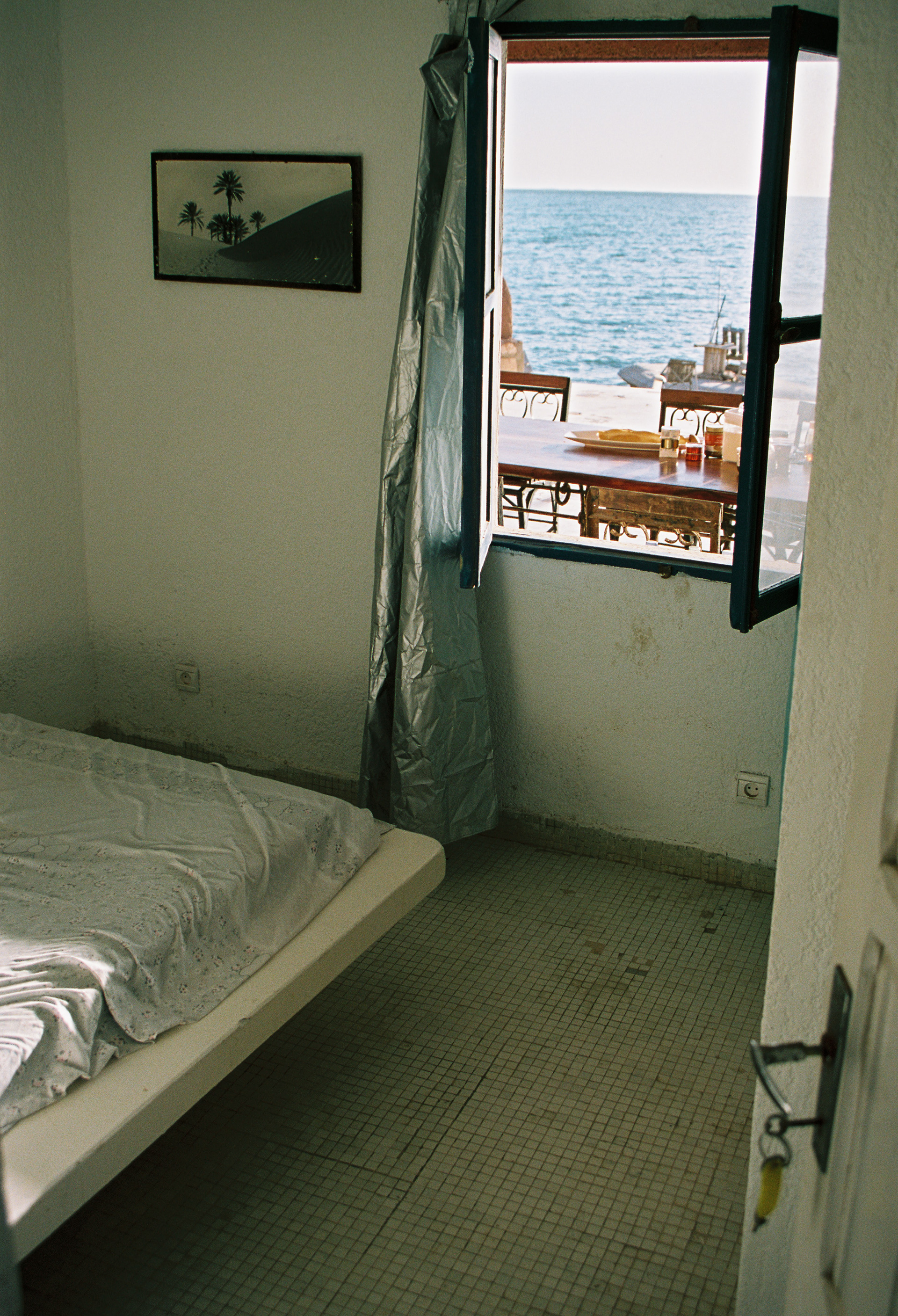
35mm: And again, but with added bed
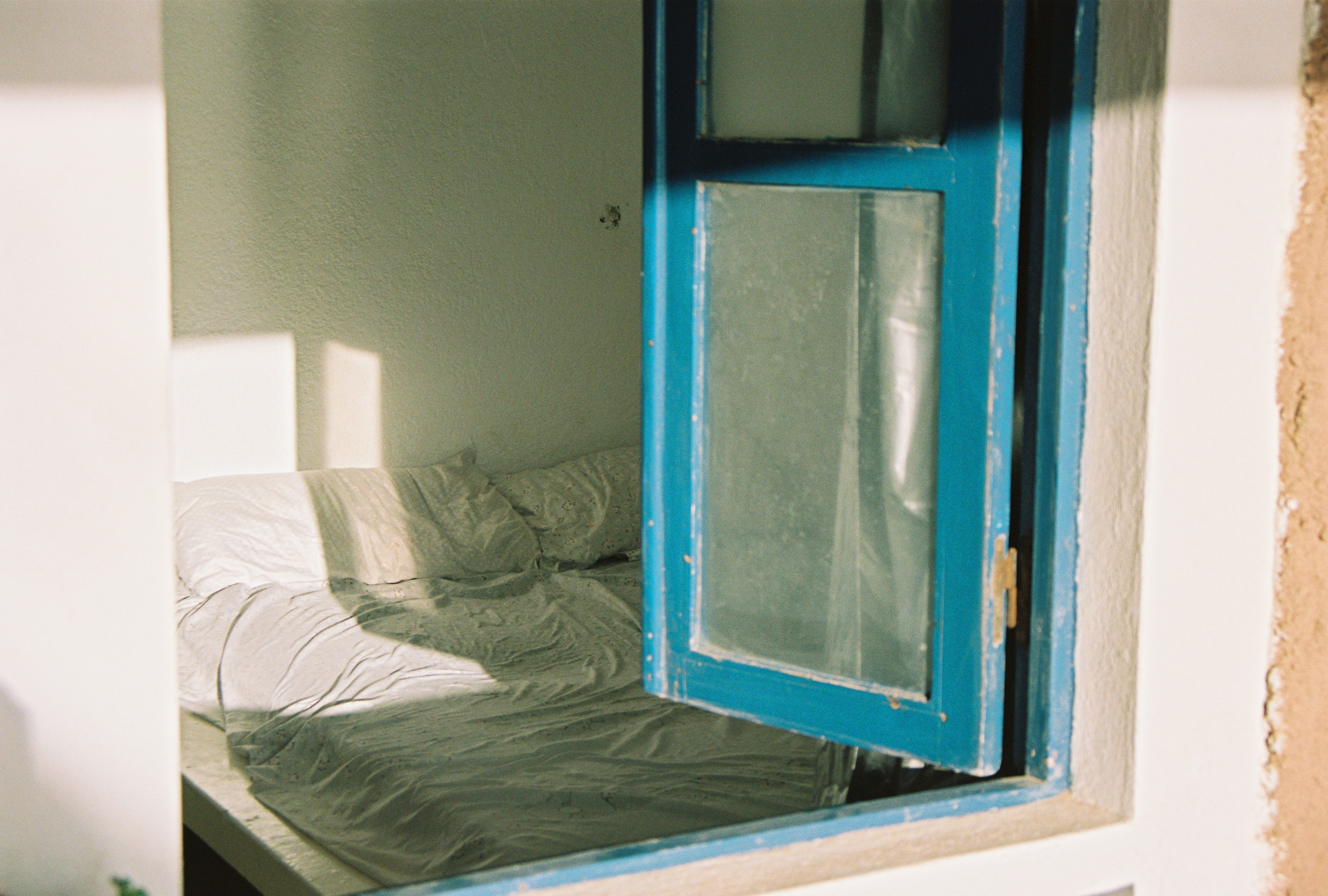
35mm: More bed and window
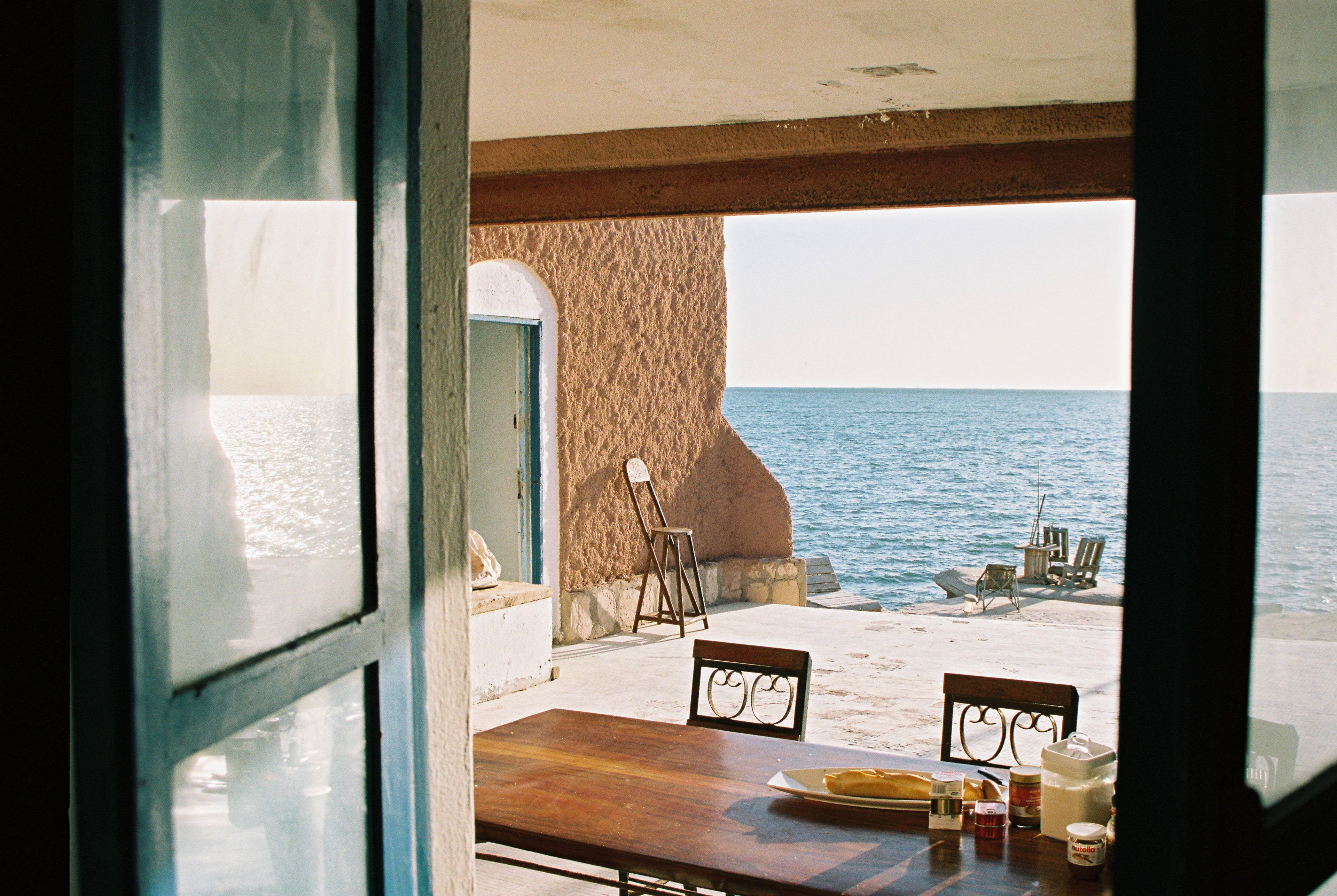
35mm: And again, but now with added bread

Phone: A beautiful spot
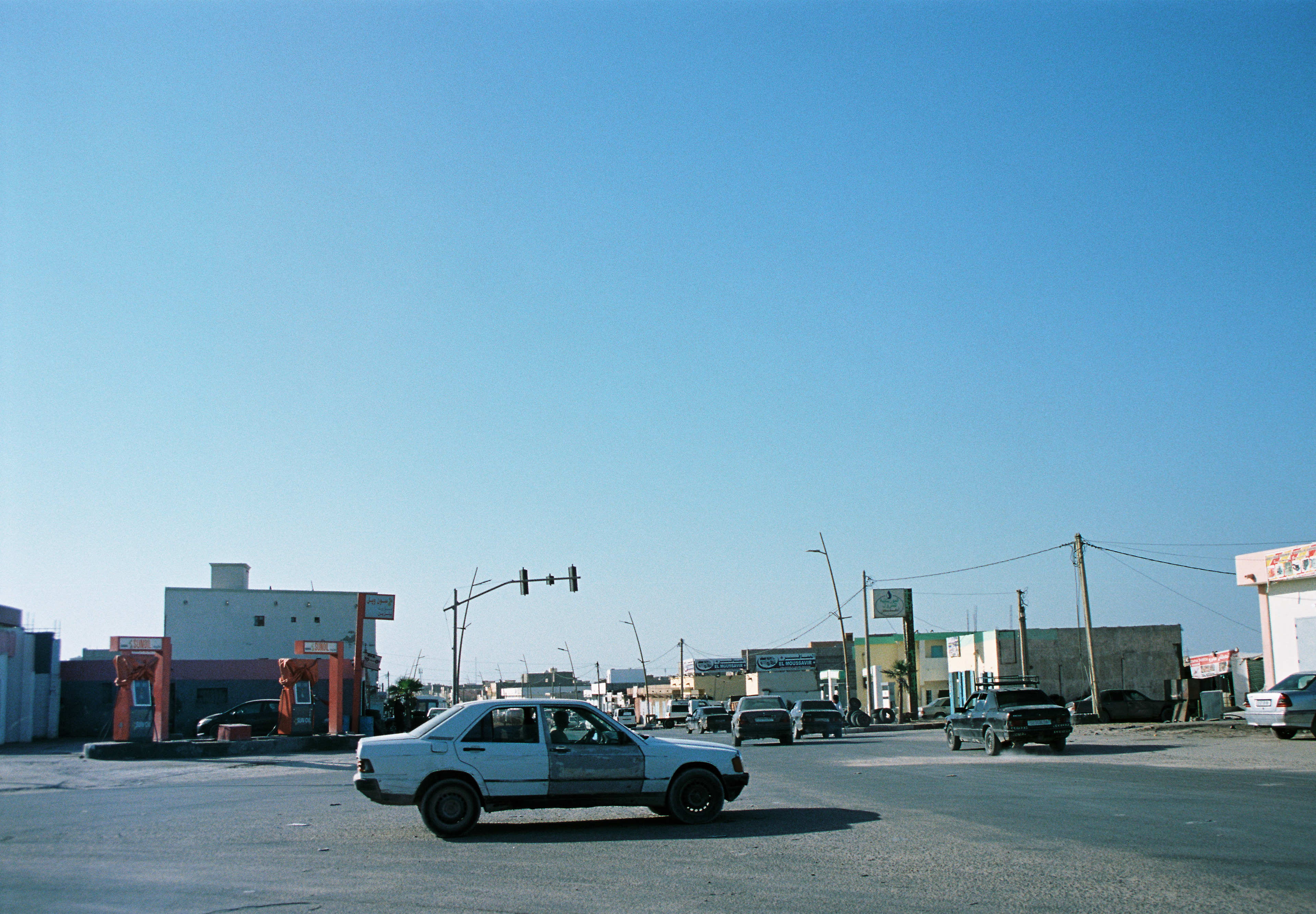
35mm: Nouadhibou

End of Day 11 // Distance Covered: 2,290 km (600 by jeep, 700 by train (orange line))
35mm: The setting sun. Kudos to Kodak Gold 200 for holding up well in low light.

35mm: Making our way back down the beach the next morning. The tide, fortunately, was further out than the evening before.

35mm: Stopping to weld a mirror back on.

35mm: Stopping to fix a puncture. Boubacar to the rescue once again.

35mm: A random beach shack spotted on our drive back down the coast.
End of Day 14 // Total Distance Covered: 3,240 km (600 by jeep, 700 by train)
Would anybody like to buy a bracelet? It's pure gold.

